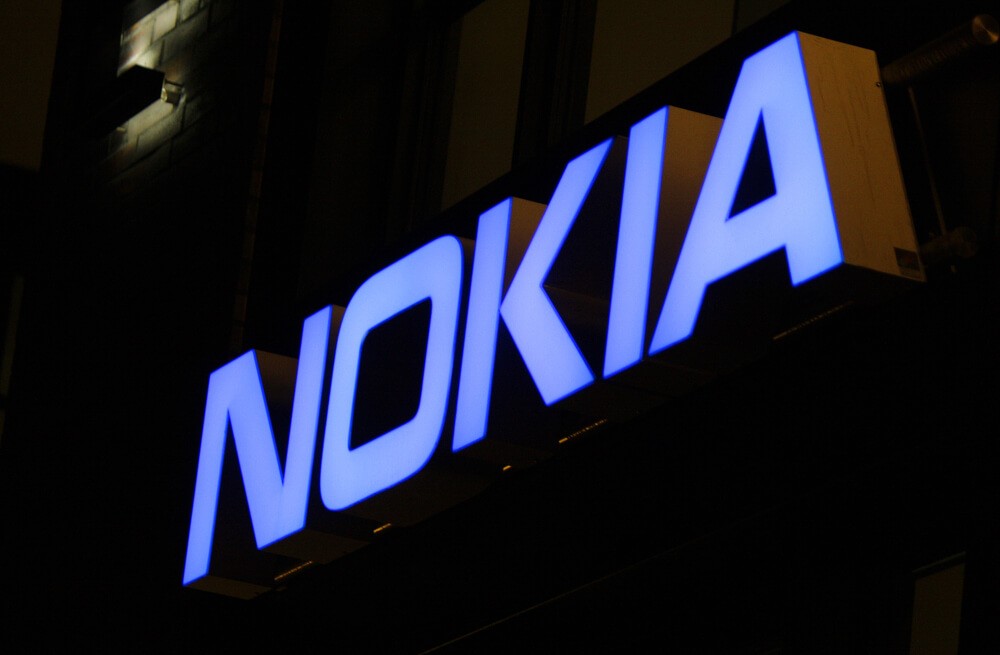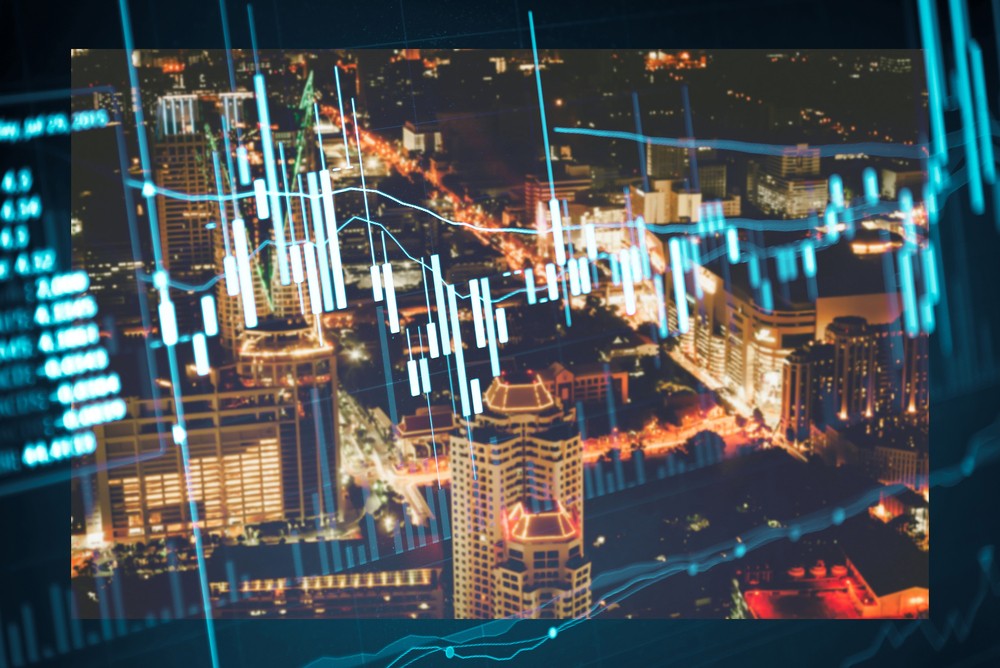First Republic Bank hesitated for several weeks before being taken over by regulators on Monday. They then accepted an offer from banking giant JPMorgan Chase to buy almost all of its assets.
This decision raises many future questions, such as the impact of the sale on depositors and shareholders, and here are things to be known about the collapse:
Reason for the First Republic Bank Collapse
The Department of Financial Protection and Innovation, California, took control of the First Republic on Monday as regulators determined the bank was conducting its business “inappropriately.” The California regulator then selected the Federal Deposit Insurance Corporation (FDIC) as the bank’s trustee.
The plunge follows regulators’ March takeover of Signature Bank and Silicon Valley Bank, both of which suffered from bank runs.
Like Silicon Valley Bank, most First Republic deposits were uninsured because they exceeded the FDIC’s $250,000 coverage limit. These banks are more vulnerable to bank runs as nervous depositors are likely to withdraw their assets at any sign of trouble.
Regulators took control of the First Republic a week after a bank executive announced that customers had retracted a $100 billion during last month’s panic.
Who Purchased First Republic Bank
JPMorgan Chase, one of the banks that donated part of the $30 billion in March, bought most of the Bank’s businesses and assets from the FDIC.
The banking giant is inheriting $92 billion in uninsured and insured deposits and will acquire $173 billion in loans and $30 billion in securities, Height Securities’ Benjamin Salisbury said in a Monday note. JPMorgan and FDIC will share losses on home loans and foreclosed commercial loans.
Consequences of The Collapse on Stock and Shareholders
The shareholders will most likely be wiped out.
According to a JPMorgan spokesman, the stocks stopped trading on Monday, and shareholders will not receive any JPMorgan shares.
The FDIC insurance Fund takes precedence over the bank’s assets, which the FDIC requires to be fully repaid before the next group of creditors – general commercial creditors can get repaid. The FDIC has predicted the cost of the deposit insurance fund at approximately $13 billion.
According to the FDIC, the First Republic deal reported Monday means customers can access their money. The branches of First Republic will become that of JPMorgan Chase. The same goes for the customers.









COMMENTS